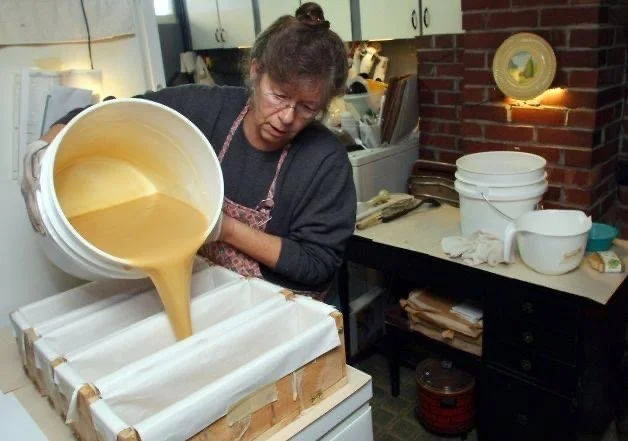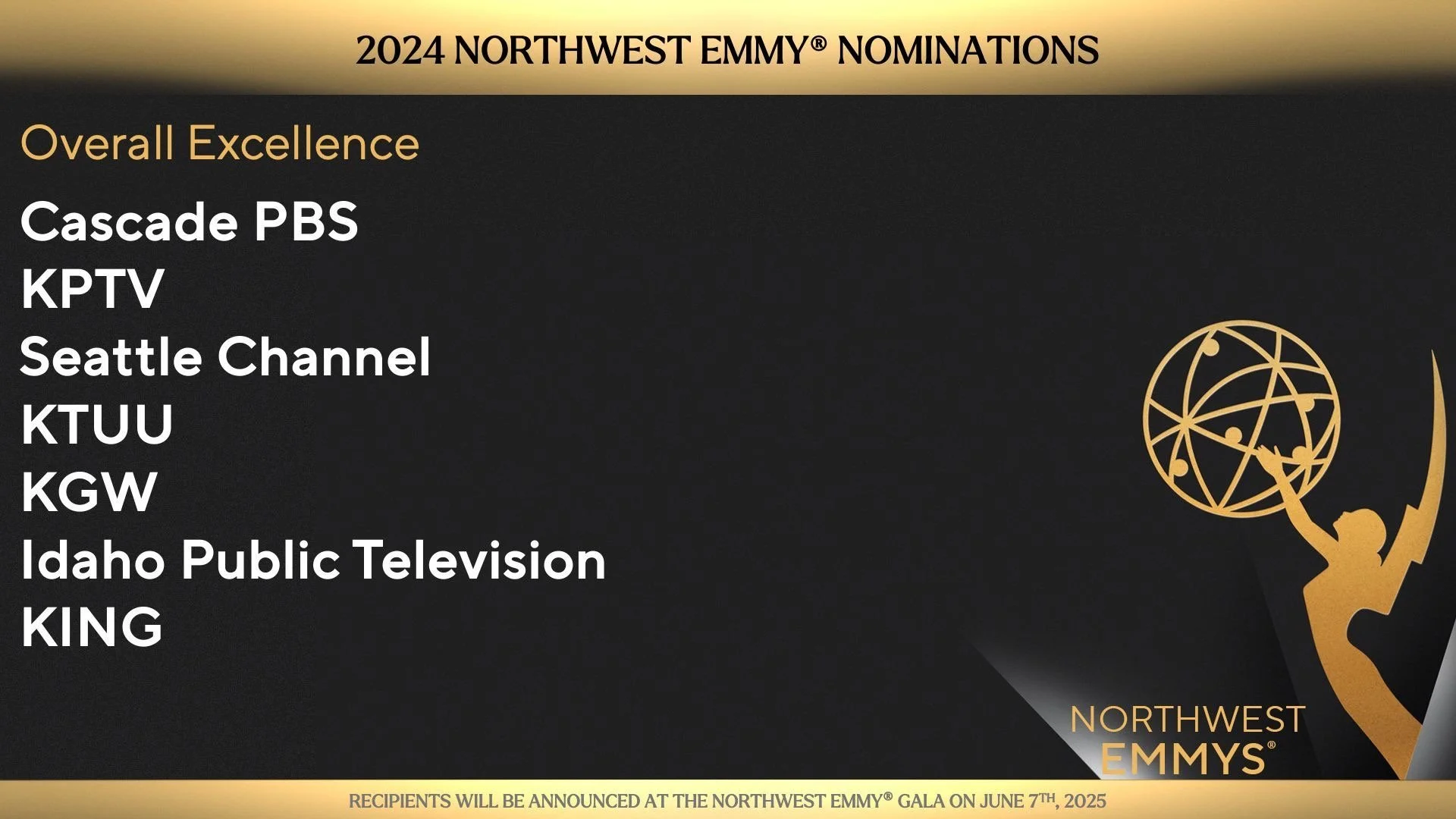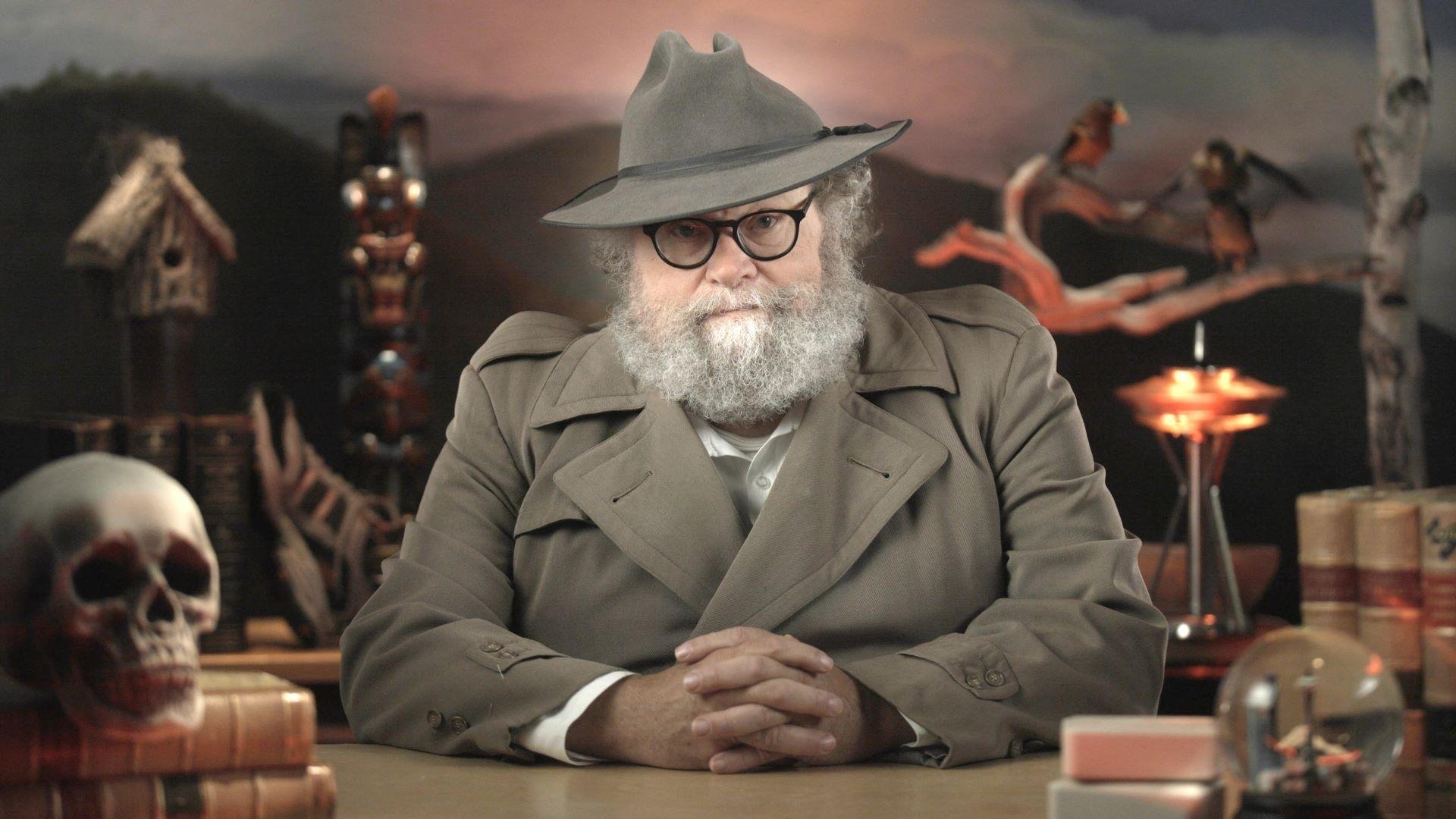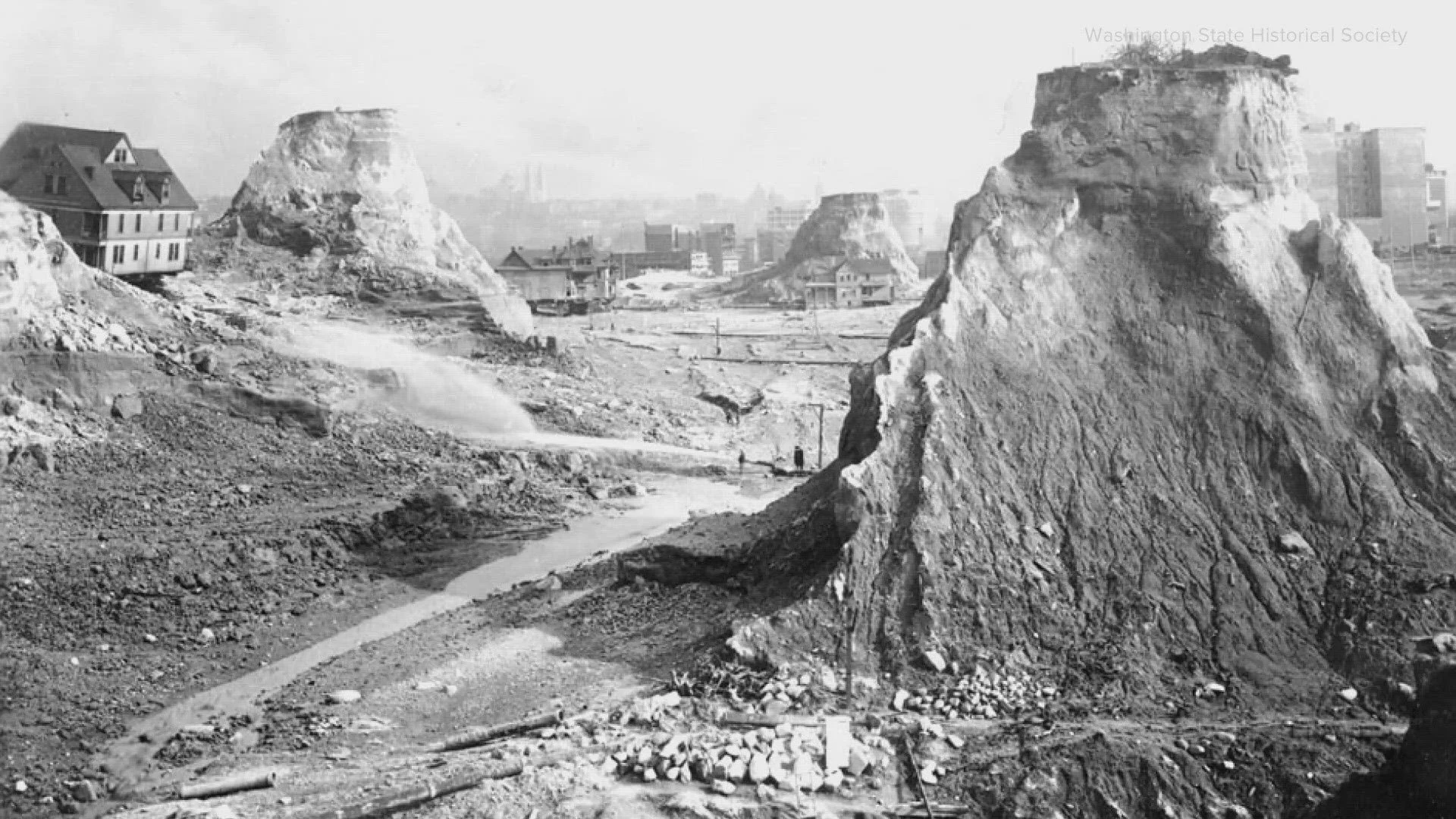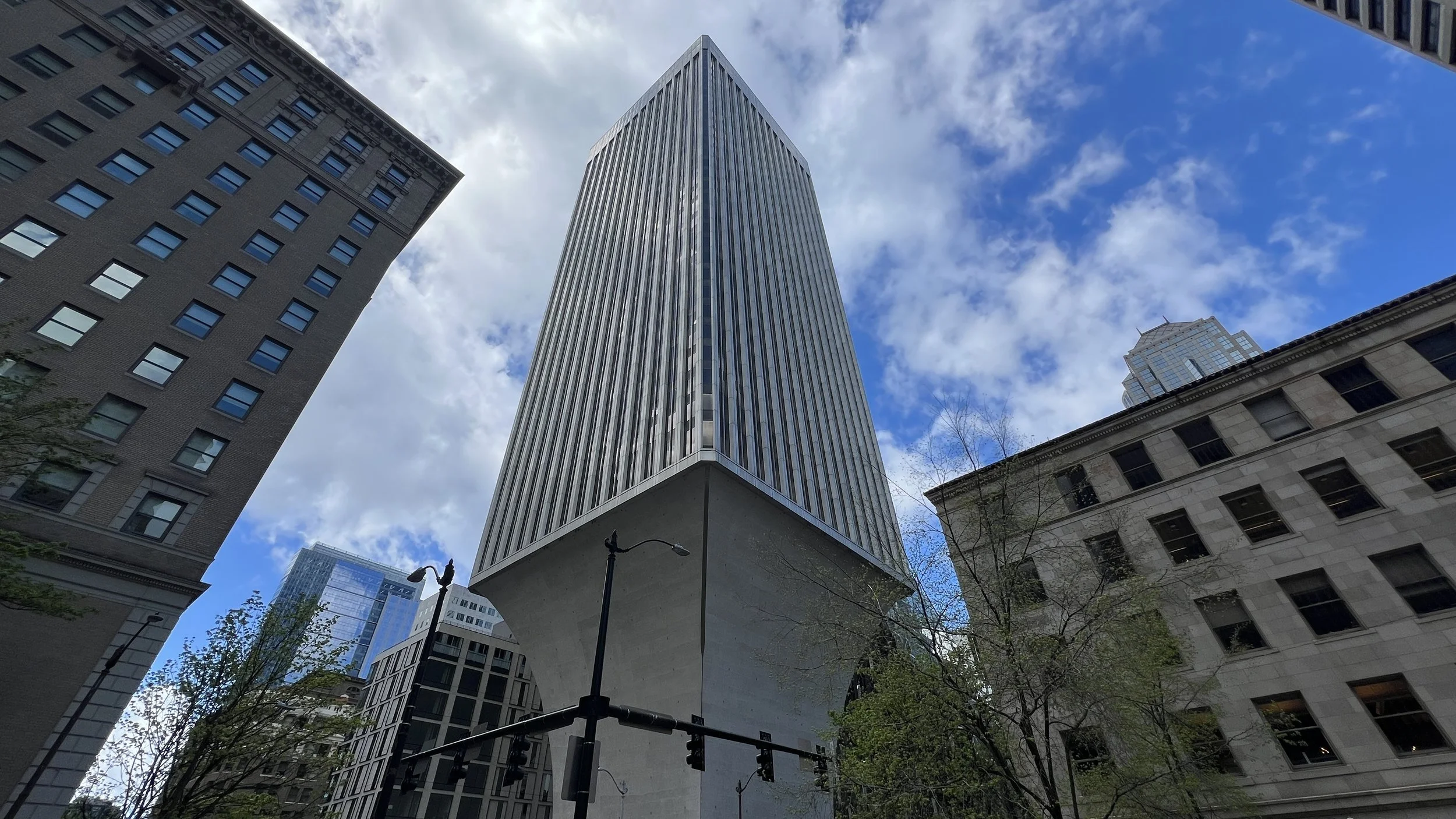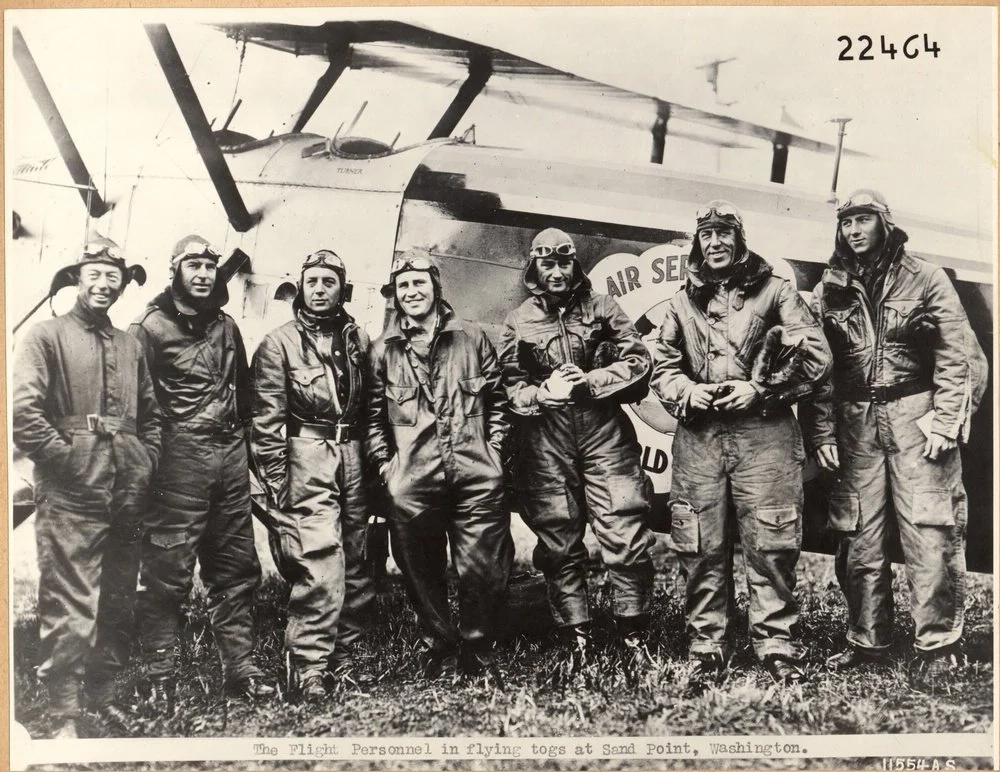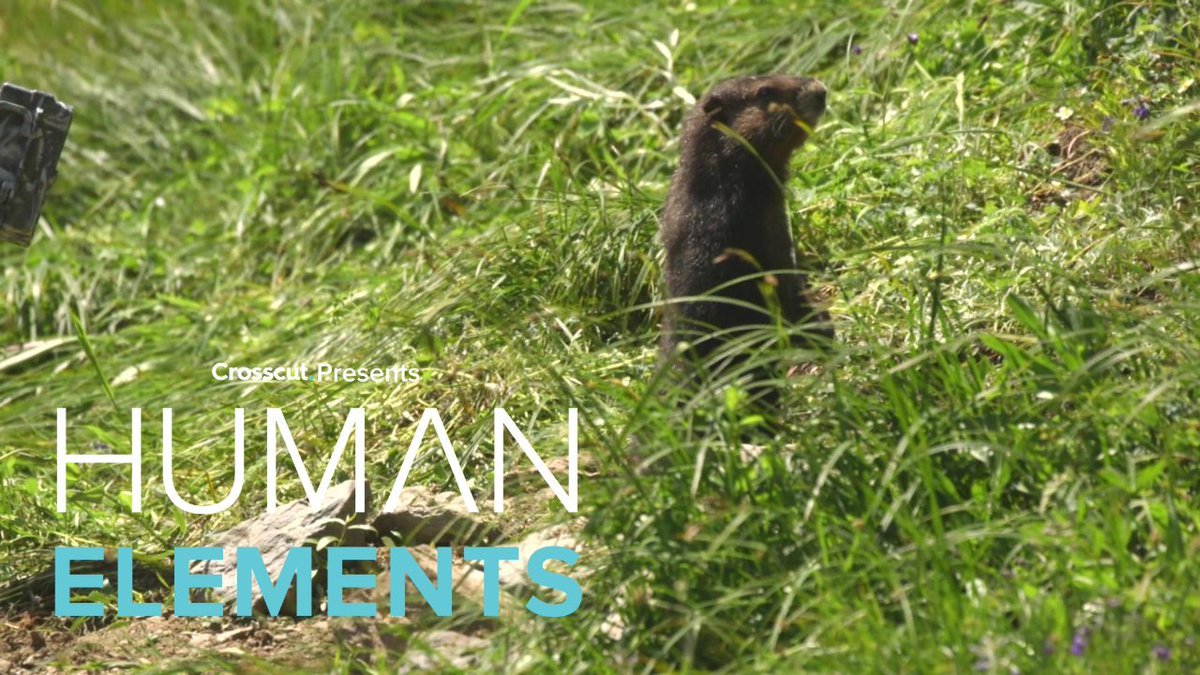I’m excited to announce that I’ve been nominated for four Northwest Regional Emmy’s for work I edited in 2024!
My favorite brag is that ALL THREE of the full time editors at Cascade PBS were nominated in the short form content craft category. This category is special because it recognizes the editors individually as compared to being nominated for a specific episode. I’m proud to call Andy and Danielle my coworkers and friends. All three of us support each other and work so hard to make our content shine and it feels good to get some recognition.
And none of us “double dipped” in our reel submissions for this category; meaning we didn’t use any excerpts of episodes that the company submitted for consideration when we were assembling our 15 min. work samples. There were so many awesome projects to choose from this year!
My reel features clips from the Human Elements episode about Canadian Lynx preservation; a Mossback episode about World Trade Center architect Minoru Yamasaki; another Mossback episode about George Francis Train, an eccentric, Trump-like businessman from Tacoma’s early days; and an Art by Northwest episode about a quilter, Julie Sevilla Drake.
I’m also excited that our Asahel Curtis doc got nominated in the Documentary Historical/Cultural category. I edited the doc and also served as a Co-Producer. Producer Shannen Ortale fought so hard to make this 30 min. doc shine. I hope this leads to more long form projects in the future.
Once again, Mossback’s Northwest was nominated for two episodes in the same category: Historical/Cultural Short Form Content. I edited one of them about mysterious deaths in the PNW: Three Problem Bodies featuring illustrations by our trusted collaborator Alegra Figeroid.
And, finally, the pilot episode of The Nosh with Rachel Belle about Seattle’s bagel scene was nominated in the Arts/Entertainment short form category. I helped design the main title sequence and served as an editing consultant.
And, for the cherry on top, Cascade PBS was also nominated for overall excellence!
